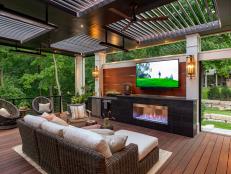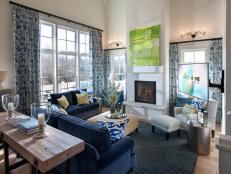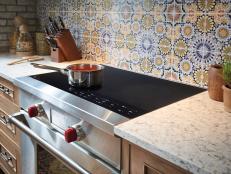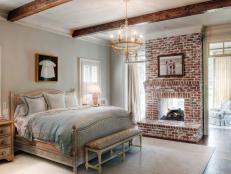1 / 8
Thinking about a TV above the fireplace?
Due to careful planning, design considerations and ample safety measures, a flat-panel TV above this great room's modern mantel is functional and aesthetically pleasing.












